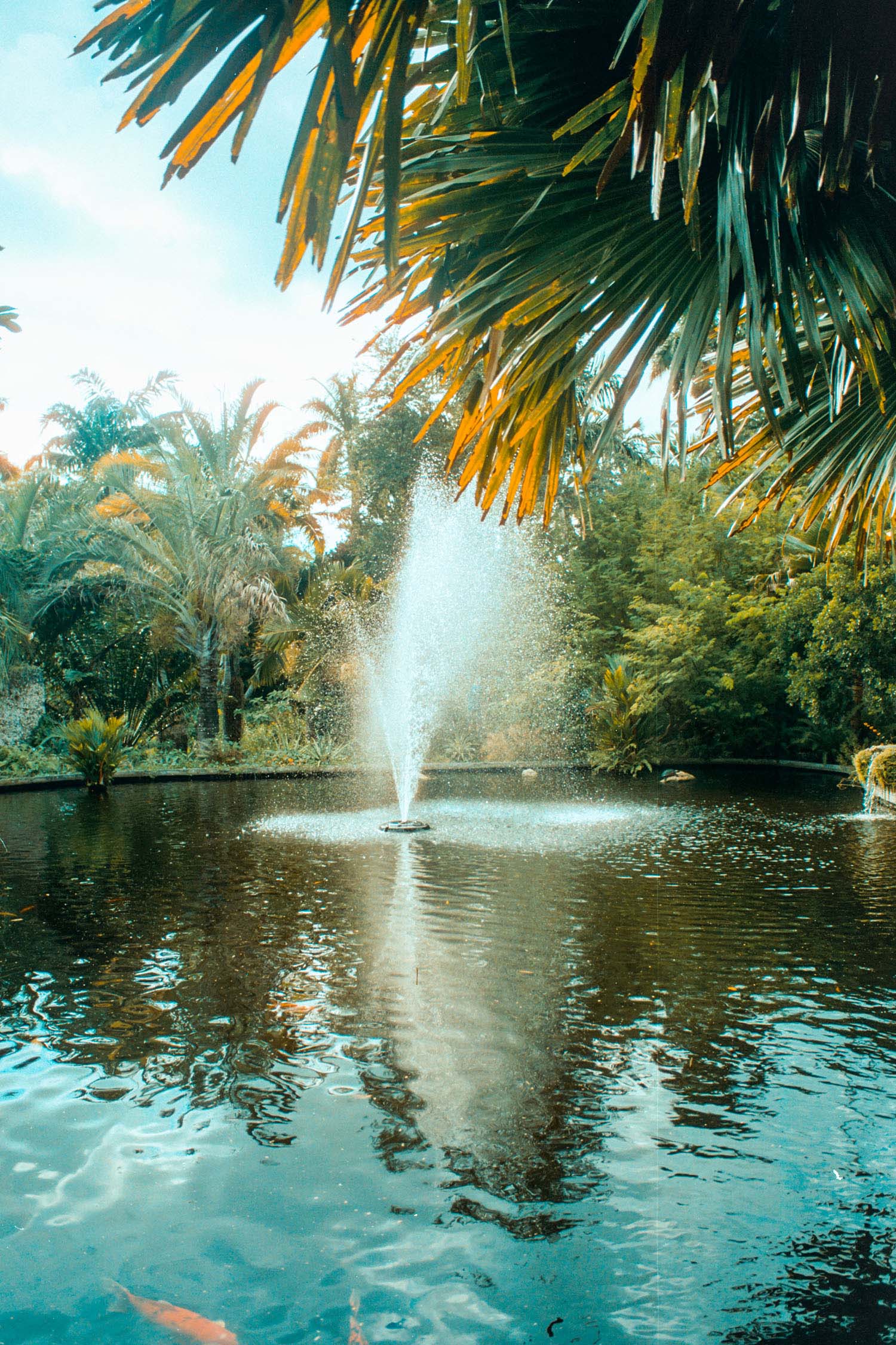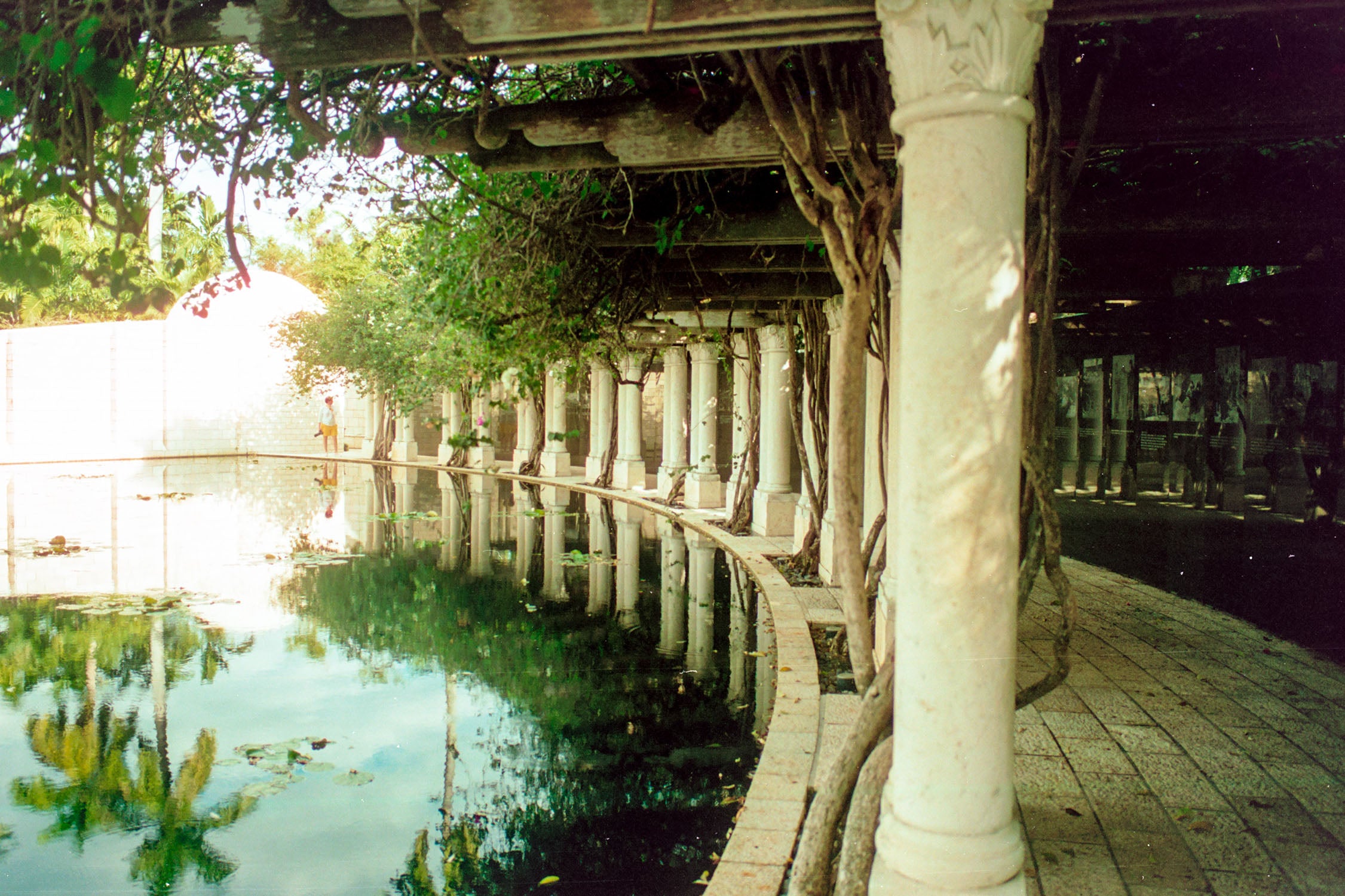



- Regular price
- $20.00
- Regular price
-
- Sale price
- $20.00
- Unit price
- per
Couldn't load pickup availability
Description
xGrain 320T is a unique film speed. With just over a half stop of extra light sensitivity and exposure range this beautiful film highlights the natural colors and grain quality. It has true to life tones and offers a wide dynamic color range. Balanced for tungsten at 3200k the color negative film supplies an authentic color palette for rich skin tones, landscapes, cityscapes, and fashion, and more. A box light sensitivity of ISO 320 the film can be pushed or pulled to fit the creative need. The 320T film could have a common slight halation effect in the overexposed highlights on some images, the effect is subtle and desirable in many cases. Contributing to the versatility, flexibility, creativity, and making it perfect for indoor studio lights, outdoor lighting from dusk’s blue hour to dawn’s golden hour, and almost any lighting situations.
Thoughtful and modern label and packaging designs make for an intuitive loading experience for manual SLR, Rangefinders, and automatic winding cameras. The box design displays all the vital information needed to fit into the back of a camera's memo holder and on automatic cameras with a film window the film speed is clearly visible.
Developing and Processing can be done in C-41 chemistry kits, as well as by any photo lab or at home in most kits. Please see our list of all local sustainable darkrooms and photo labs!
To elevate the craft of film photography we use innovation, environmental sustainability, and diversity as the core pillars of our mission in supporting artists, creators, and enthusiasts as they capture their memories and make life changing art!
Storage & Care
xStoring Grain FIlm
Store film in a cool, dark place. The ideal temperature for storing film is between 35 and 40 degrees Fahrenheit. If you live in a warm climate, you may want to consider storing your film in the refrigerator or freezer. Keep film away from moisture. Moisture can cause film to fog and deteriorate. If you are storing film in a humid environment, you may want to consider using a desiccant pack to absorb moisture. Store film in its original canister. The canister will help to protect the film from light and moisture. Do not open the canister until you are ready to shoot. Once the canister is opened, the film will be exposed to light and will start to degrade.
Care
Handle film with care. Avoid touching the emulsion side of the film, as this can leave fingerprints that will show up in your images. Develop film promptly. Once you have shot a roll of film, it is important to develop it as soon as possible. The longer you wait to develop film, the more likely it is to deteriorate. If you are storing film in the freezer, make sure to wrap it in a light-tight bag or container. If you are storing film in the refrigerator, make sure to store it in the back, where it will be cooler and darker. If you are using a desiccant pack, make sure to replace it every few months. When you are loading film into your camera, be careful not to bend or scratch the film. When you are developing film, make sure to use a reputable lab that uses fresh chemicals.
Recently Viewed Products
- Regular price
- $20.00
- Regular price
-
- Sale price
- $20.00
- Unit price
- per
- Regular price
- $20.00
- Regular price
-
- Sale price
- $20.00
- Unit price
- per
- Regular price
- $20.00
- Regular price
-
- Sale price
- $20.00
- Unit price
- per
- Regular price
- $20.00
- Regular price
-
- Sale price
- $20.00
- Unit price
- per
- Regular price
- $20.00
- Regular price
-
- Sale price
- $20.00
- Unit price
- per
- Regular price
- $20.00
- Regular price
-
- Sale price
- $20.00
- Unit price
- per
- Regular price
- $20.00
- Regular price
-
- Sale price
- $20.00
- Unit price
- per
- Regular price
- $20.00
- Regular price
-
- Sale price
- $20.00
- Unit price
- per
- Regular price
- $20.00
- Regular price
-
- Sale price
- $20.00
- Unit price
- per
- Regular price
- $20.00
- Regular price
-
- Sale price
- $20.00
- Unit price
- per
- Choosing a selection results in a full page refresh.


